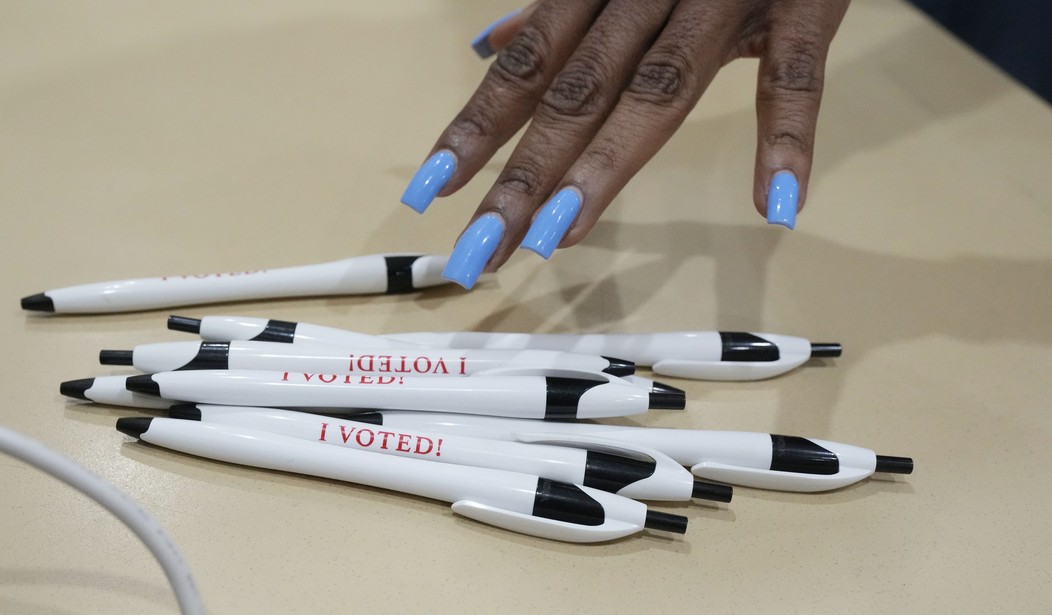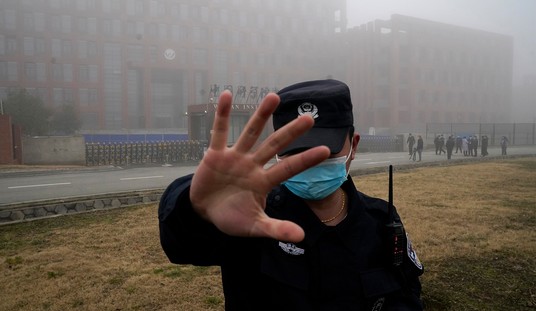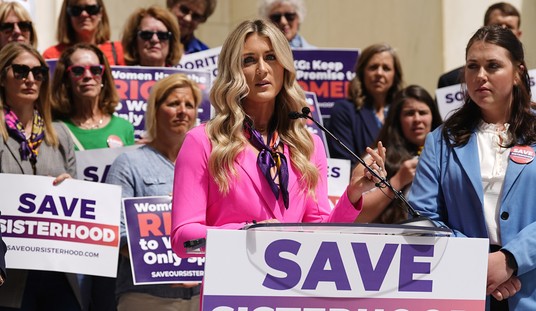Ranked-choice voting (RCV) is a bad deal.
Here in the Great Land (a/k/a Alaska), we had RCV foisted on us by a ballot initiative that barely passed in 2020 by a slim margin — 50.45 percent to 49.55 percent. RCV was pushed hard and heavily funded by non-Alaskan interests. Now there is a petition to put it back on the ballot in 2024, and it's possible we may be able to take the state back to the previous closed-primary, conventional election system.
RCV gave Alaska, a mostly red state, a Democrat for our at-large House seat, and it was arguably responsible for Lisa Murkowski's fending off a challenge by Trump-backed Kelly Tshibaka. So, a lot of people here aren't too happy with the system. In our experience, it's cumbersome, confusing, and flies in the face of the principle of "one person, one vote."
So, I was pleased to see The Federalist documenting just how bad this system really is.
Under RCV, often dubbed “rigged-choice voting” by its critics, voters rank candidates in order of preference. If no candidate receives more than 50 percent of first-choice votes in the first round of voting, the last-place finisher is eliminated, and his votes are reallocated to the voter’s second-choice candidate.
Despite the many failures associated with its use, RCV proponents are searching for ways to deceive voters into adopting the system for their local and state elections across the nation. A polling memo obtained by The Federalist shows exactly how they intend to do it.
Produced by HighGround Inc., a public affairs consulting group, the document analyzes what pro-RCV talking points work best in convincing voters to get on board with the controversial system. Conducted among 500 likely 2024 Arizona voters, the survey found that misleading arguments centered around “the idea of fairness” appear to resonate with the electorate. Among these are claims that RCV shifts power to voters, ensures “all candidates and voters [are] equal,” and empowers independents (the largest voting bloc in Arizona).
Proponents of ranked-choice voting tend to push it as a "fair" system when, in fact, it's anything but that.
Contrary to proponents’ grossly misleading talking points, governments using RCV for their respective elections have produced anything but “fair” outcomes for voters. During Maine’s 2018 elections, for example, then-incumbent GOP Rep. Bruce Poliquin lost to Democrat Jared Golden despite Poliquin winning the most votes in the first round of voting. That outcome was due to the state’s ranked-choice voting system.
Meanwhile, Alaska has also had its fair share of undesirable election outcomes since adopting the practice in 2020. During the state’s 2022 special election for its at-large congressional district, ranked-choice voting propelled Democrat Mary Peltola to victory even though “nearly 60 percent of voters [cast] their ballots for a Republican.” RCV also played a major role in helping Alaska GOP Sen. Lisa Murkowski fend off a challenge from conservative challenger Kelly Tshibaka during the November 2022 midterms.
This is only one data point, mind you, but my wife and I, when we voted in the 2022 mid-term election — the first general election held under RCV — both overheard several people, mostly (but not exclusively) older voters, loudly proclaiming that they had no intention of ranking any votes: "I'm going to vote for Sarah (Palin) or Kelly (Tshibaka) and that's it," which essentially removes them after their first choice falls off the ballot.
RCV is confusing, it's unnecessarily complicated, and it's a solution desperately seeking a problem — that is, unless you're trying to get candidates elected who wouldn't be otherwise.
Like Mary Peltola in Alaska.
Read some flashbacks on RCV and related issues at the links below:













Join the conversation as a VIP Member